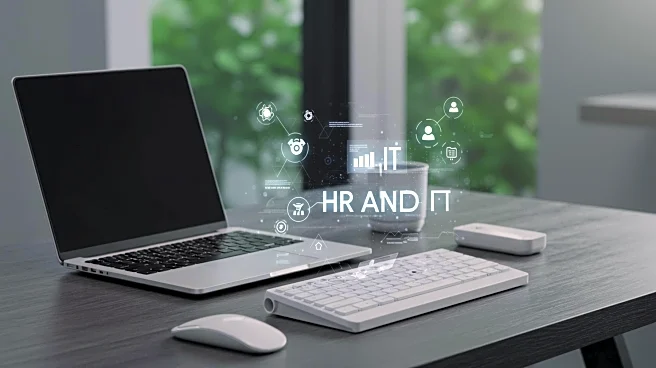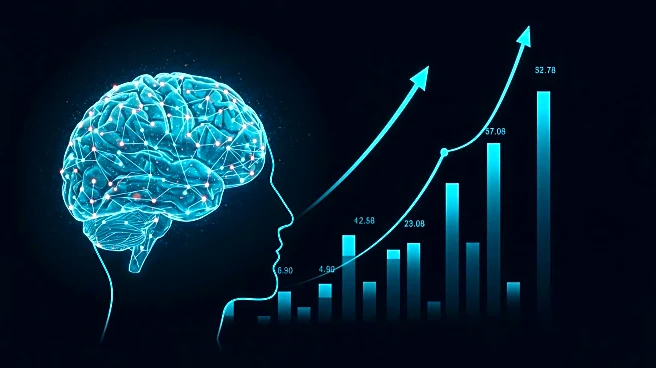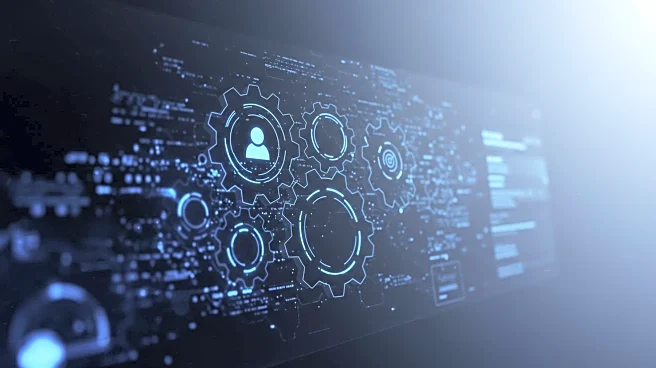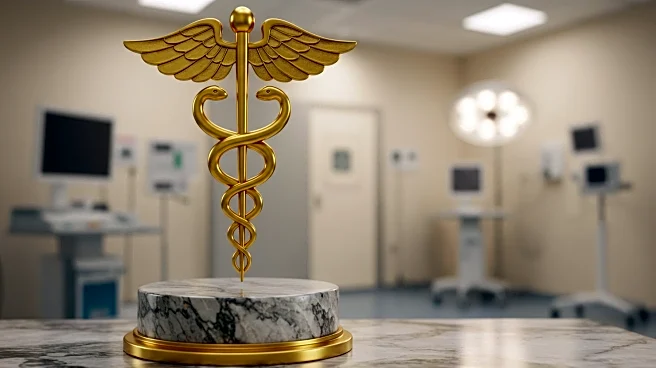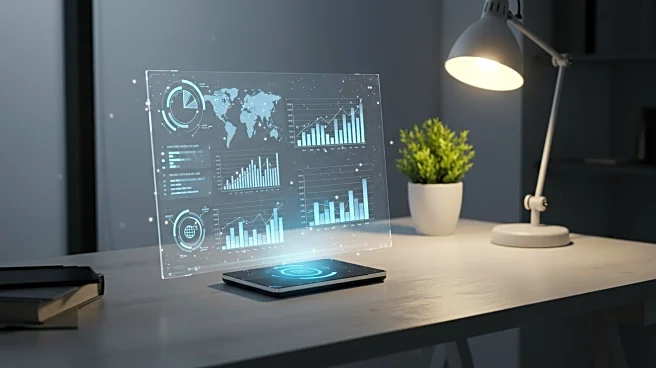What's Happening?
The integration of Human Resources (HR) and Information Technology (IT) is becoming increasingly crucial as digital transformation reshapes workplaces. Disengaged employees and inefficient technology rollouts are costing the global economy significantly, with estimates of $430 billion in lost productivity. Liz Raymond, Vice President of Global Talent at Nexthink, highlights the paradox of digital tools overwhelming employees rather than empowering them. The separation between HR and IT, with HR focusing on people and IT on data, creates communication gaps and inefficiencies. This disconnect is exacerbated by the rise of artificial intelligence (AI), which, instead of fostering collaboration, often highlights deeper issues between the two departments. Despite these challenges, there is a growing movement towards integrating HR and IT, with companies like Moderna and Workleap leading the way by merging these functions to enhance productivity and employee satisfaction.
Why It's Important?
The integration of HR and IT is significant as it addresses the inefficiencies and communication gaps that hinder workplace productivity. By merging these departments, organizations can better align their digital transformation efforts with employee needs, leading to increased satisfaction and engagement. This integration is particularly important as AI becomes more prevalent in the workplace, requiring a unified approach to manage its impact on people and processes. Companies that successfully integrate HR and IT can unlock the potential of organizational data, leading to predictive hiring and strategic workforce planning. This shift not only improves operational efficiency but also enhances the overall employee experience, making organizations more competitive in attracting and retaining talent.
What's Next?
As more organizations recognize the benefits of HR-IT integration, it is expected that this trend will continue to grow. According to a survey by Nexthink, 93% of IT leaders believe that integrating HR and IT would boost productivity and employee satisfaction. Many predict that a complete merger of these functions will occur in most organizations within the next five years. Companies not yet ready for a full merger can start by fostering synergy between HR and IT through structured communication and collaboration. This involves HR leaders articulating clear business cases for technology tools and IT leaders adopting a people-focused mindset. As organizations move towards this integration, they will need to focus on creating a seamless employee experience where technology supports rather than hinders productivity.
Beyond the Headlines
The integration of HR and IT has deeper implications beyond operational efficiency. It represents a shift in how organizations view their most valuable assets: people and technology. By aligning these functions, companies can create a workplace where employees feel supported and empowered, leading to higher engagement and retention. This approach also challenges the traditional view of digital transformation as something imposed on employees, instead positioning it as a tool designed to enhance their experience. As AI continues to evolve, organizations that treat it as a people transformation rather than just a tech deployment will stand out in the competitive landscape.


